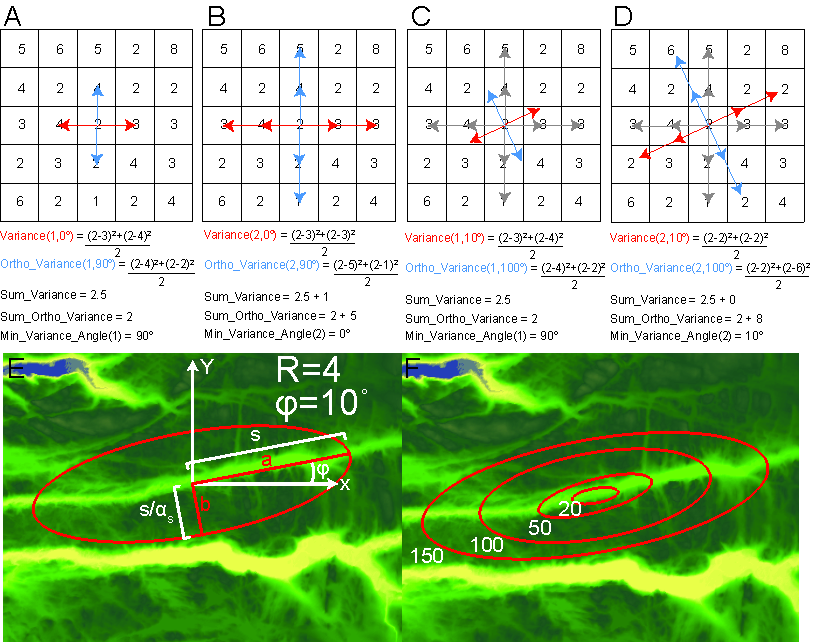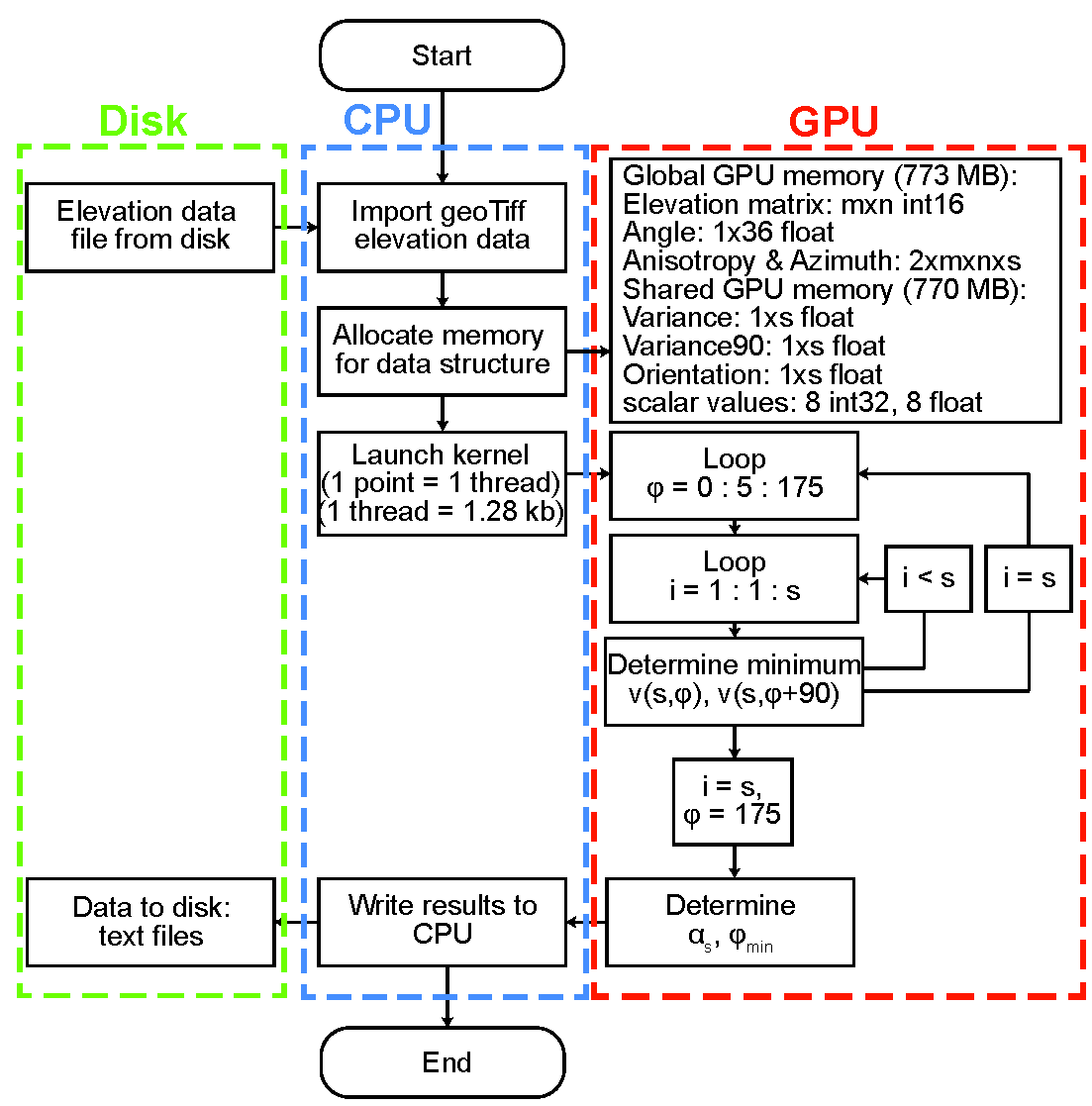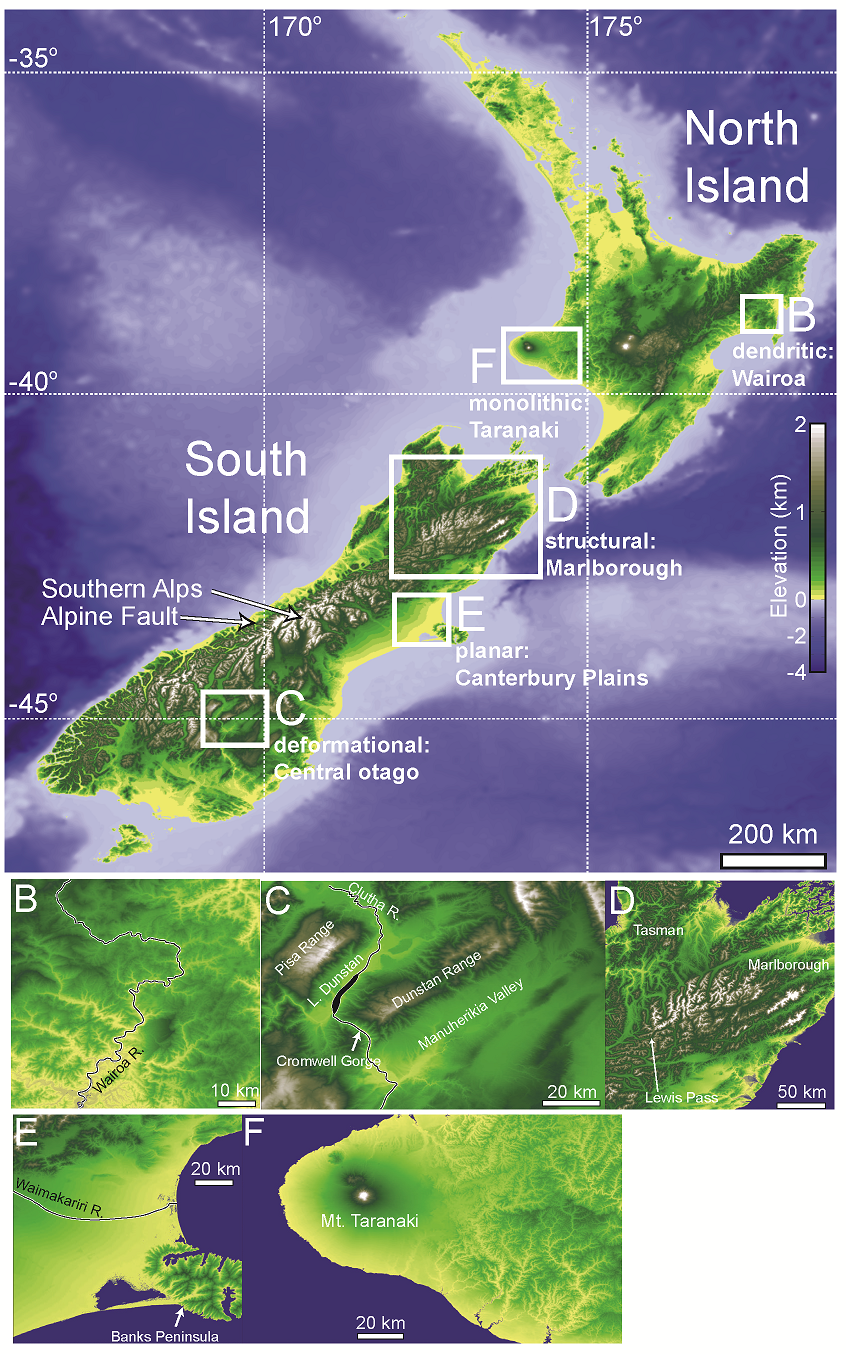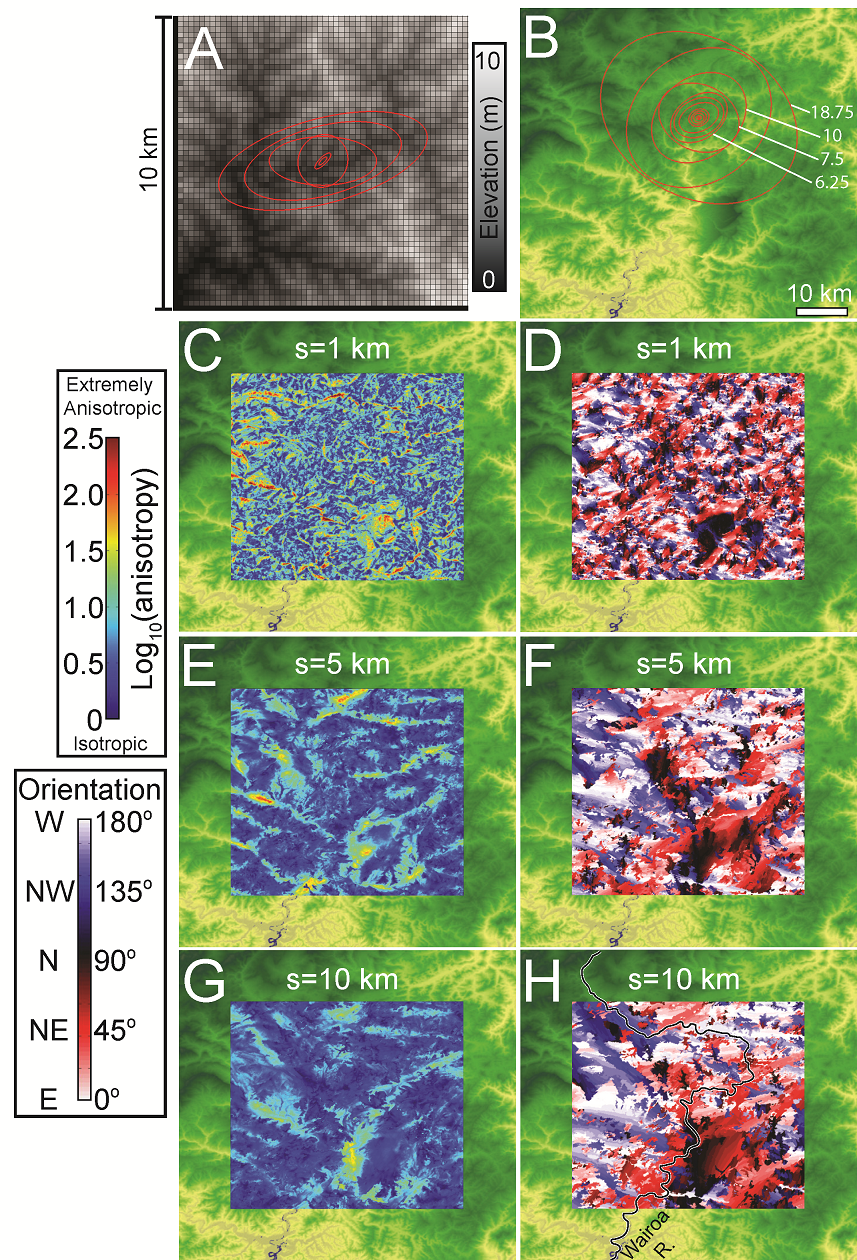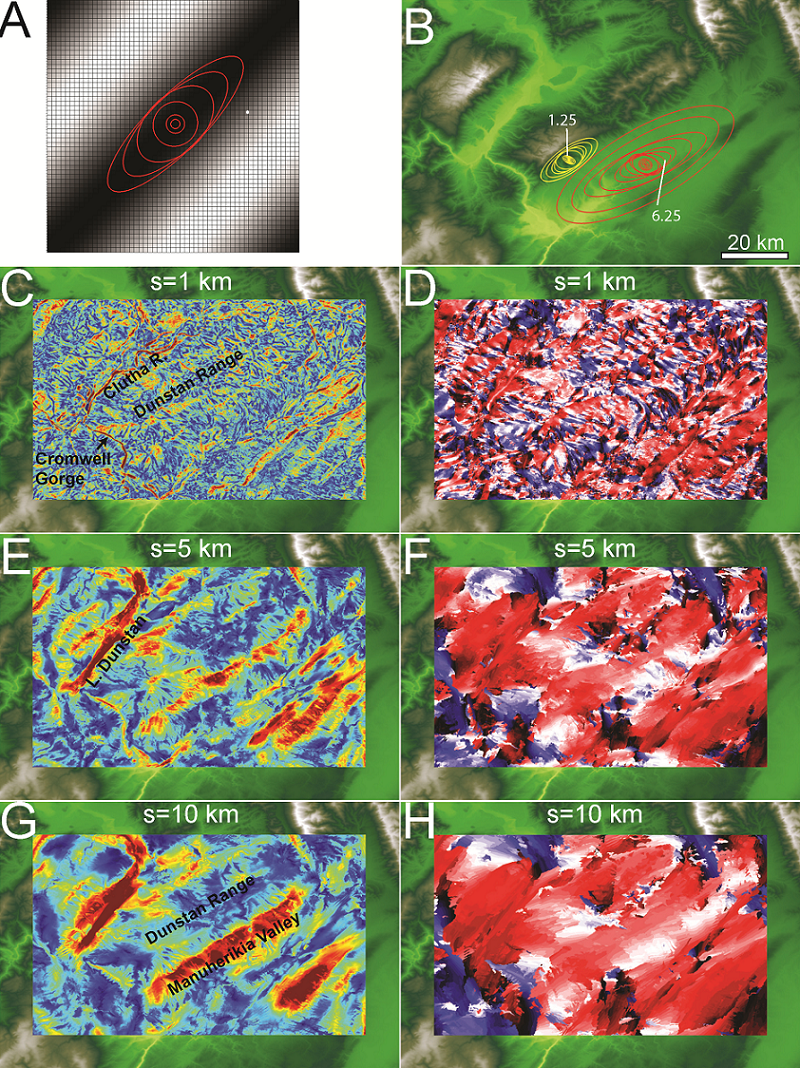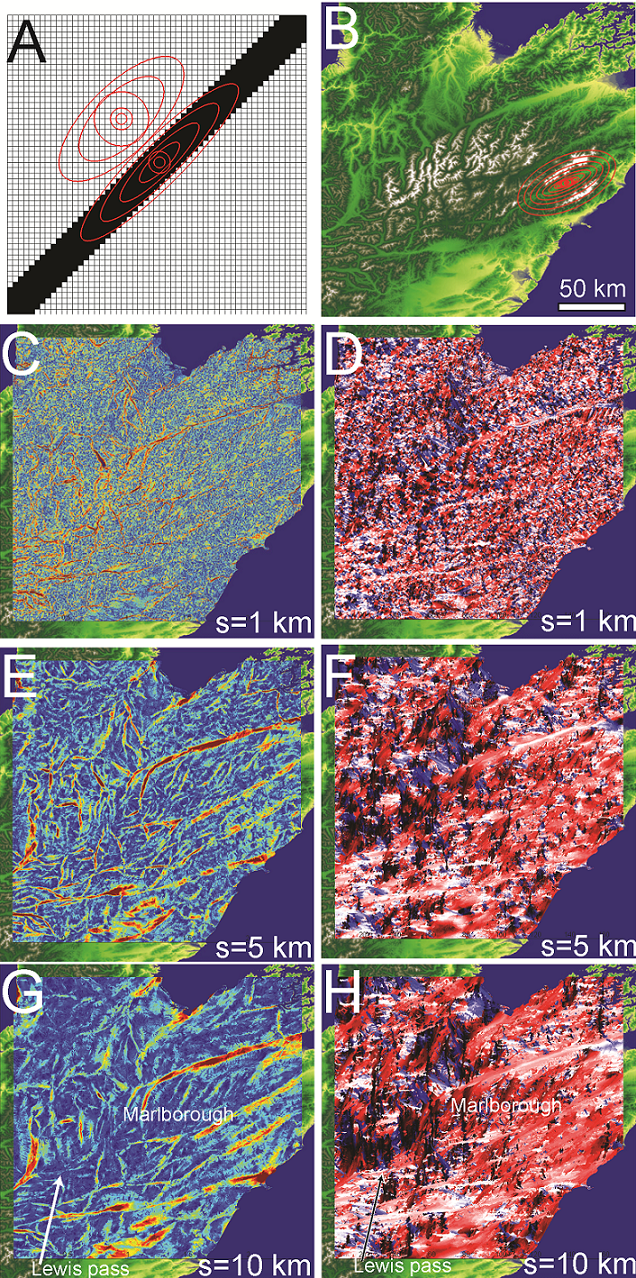Difference between revisions of "Glacial Loading and Tectonics"
| Line 13: | Line 13: | ||
<gallery> | <gallery> | ||
| − | Image:Vario figures copy Page 01.png|''[[Glacial Loading and Tectonics Figure 1|'''Figure 1''']]'': STEEP01 and STEEP02 refraction profiles (Worthington et al. 2012; Christeson et al. 2010). A. Location map of local tectonics, Kayak Island Zone (KIZ), Pamplona Fault Zone (PFZ), Dangerous River Zone (DRZ), the Fairweather | + | Image:Vario figures copy Page 01.png|''[[Glacial Loading and Tectonics Figure 1|'''Figure 1''']]'': STEEP01 and STEEP02 refraction profiles (Worthington et al. 2012; Christeson et al. 2010). A. Location map of local tectonics, Kayak Island Zone (KIZ), Pamplona Fault Zone (PFZ), Dangerous River Zone (DRZ), the Fairweather...[[Glacial Loading and Tectonics Figure 1|'''read more''']] |
| − | Image:Vario figures copy Page 02.png|''[[Glacial Loading and Tectonics Figure 2|'''Figure 2''']]'': Maximum ice extent during the Last Glacial Maximum (at 18,900 years BP) modeled using the University of Maine Ice Sheet Model (UMISM) for the last glacial (~116 ka). Base precipitation and temperature grids are hybrid | + | Image:Vario figures copy Page 02.png|''[[Glacial Loading and Tectonics Figure 2|'''Figure 2''']]'': Maximum ice extent during the Last Glacial Maximum (at 18,900 years BP) modeled using the University of Maine Ice Sheet Model (UMISM) for the last glacial (~116 ka). Base precipitation and temperature grids are hybrid...[[Glacial Loading and Tectonics Figure 2|'''read more''']] |
| − | Image:Vario figures copy Page 03.png|''[[Glacial Loading and Tectonics Figure 3|'''Figure 3''']]'': | + | Image:Vario figures copy Page 03.png|''[[Glacial Loading and Tectonics Figure 3|'''Figure 3''']]'': Maximum LGM ice extent from observations (black line) (Manley and Kaufman 2002) and UMISM LGM ice thickness (m) results at 18,900 years BP overlain on Google Earth terrain. |
| − | Image:Vario figures copy Page 04.png|''[[Glacial Loading and Tectonics Figure 4|'''Figure 4''']]'': A) | + | Image:Vario figures copy Page 04.png|''[[Glacial Loading and Tectonics Figure 4|'''Figure 4''']]'': A. Modern Alaska topography (m) at 10 km resolution sampled from 30 m SRTM DEM. Black contour represents modern coast, red box represents the area used in the numerical model...[[Glacial Loading and Tectonics Figure 4|'''read more''']] |
| − | Image:Vario figures copy Page 05.png|''[[Glacial Loading and Tectonics Figure 5|'''Figure 5''']]'': A) | + | Image:Vario figures copy Page 05.png|''[[Glacial Loading and Tectonics Figure 5|'''Figure 5''']]'': A. LGM ice thickness (m) output from the UMISM 116 kyr glacial cycle simulation. Black contour represents modern coast, red box represents the area used in the numerical model. B. Ice load (Pa) calculated from the ice...[[Glacial Loading and Tectonics Figure 5|'''read more''']] |
| − | Image:Vario figures copy Page 06.png|''[[Glacial Loading and Tectonics Figure 6|'''Figure 6''']]'': A | + | Image:Vario figures copy Page 06.png|''[[Glacial Loading and Tectonics Figure 6|'''Figure 6''']]'': A. YZI after glacial unloading in the faulted model, the YZI strain increment is high in the Yakutat Bay region. B. The locations of the 1899 earthquakes in Yakutat Bay and the contours of vertical velocity (mm/yr) due to...[[Glacial Loading and Tectonics Figure 6|'''read more''']] |
</gallery> | </gallery> | ||
Revision as of 16:04, 18 March 2015
Modeling the Influence of the Last Glacial Maximum Ice Load on the Tectonics of southeast Alaska
Lauren Wheeler (a), Peter O. Koons (a), Phaedra Upton (b), Sean Birkel (a)
a School of Earth and Climate Sciences, University of Maine b GNS Science, Lower Hutt, New Zealand
Abstract
Using three-dimensional mechanical modeling of plate boundary deformation and dynamic ice sheet modeling of the LGM (Last Glacial Maximum) ice extent, we tested the sensitivity of local kinematics to rheological structure of southeast Alaska and glacial loading during the LGM. The coast of southeast Alaska is defined by a subduction boundary to the north, a strike-slip fault to the east (Fairweather fault), and the Transition fault to the southwest. The Transition fault separates the thin (10-12 km) Pacific oceanic crust from the thickened continental/oceanic crust of the Yakutat block (~30 km). Seismic profiles and kinematic models imply that the Transition fault is currently active, however, a relative lack of data makes it difficult to constrain the style of deformation taken up along the Transition fault. We incorporate modern topography, a modeled LGM glacial load, and strength profiles based on the velocity and porosity interpretations from seismic profiles within the Gulf of Alaska (Christeson et al. 2010; Worthington et al. 2012; Van Avendonk et al. 2013). Two sets of simulations were run, one without weak zones along the major fault boundaries, referred to as the ‘unfaulted’ model. The second with weak zones along the faults, referred to as the ‘faulted’ model. For both the unfaulted and models we find that LGM glacial loading and unloading changes the pattern and magnitude of strain. The faulted model matches observations best with higher strain along the faulted boundary as less stress is required to overcome the strength along the fault. After glacial unloading there is high strain in the YZ shear strain increment in the Yakutat bay region. The modeled high strain corresponds well with the epicenters of the 1899 earthquakes, a combined tectonic and glacial isostatic response to Little Ice Age unloading (Elliott et al. 2010). These models show that the spatial and temporal distribution of glaciers influences the distribution of strain and that observations of the tectonic response to these loads can be used to constrain the rheology of a region.
Funding sources: The thesis was primarily funded by STEEP (EAR-0409162), salary during the Summer and Fall of 2013 by EAPSI (OISE-1310847) and GeoPRISMS (OCE-1249909)
Figure 3: Maximum LGM ice extent from observations (black line) (Manley and Kaufman 2002) and UMISM LGM ice thickness (m) results at 18,900 years BP overlain on Google Earth terrain.
